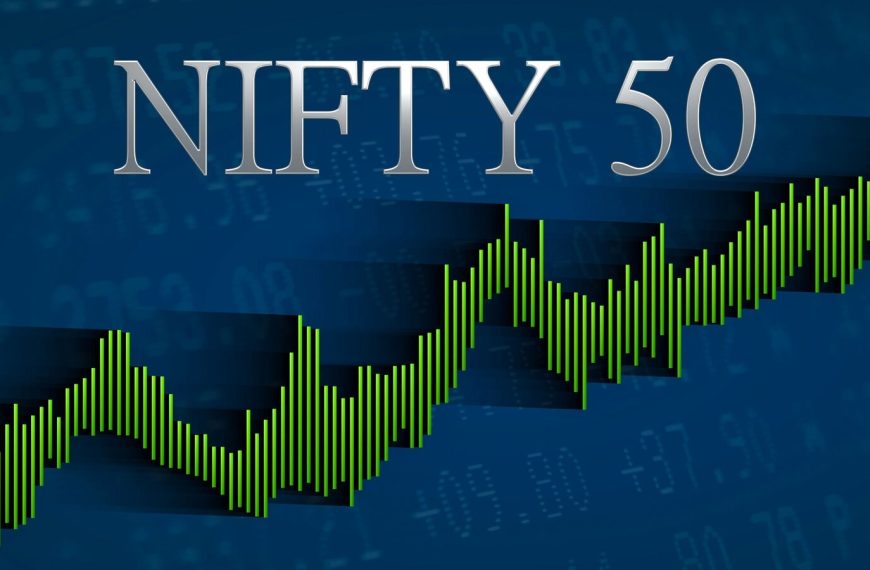The recent fluctuations in the bond market have stirred considerable interest among investors and analysts alike. On Friday, the yield on 10-year securities remained relatively stable at 2.84%, following a notable peak earlier in the week. This hike, marking an increase of over 40 basis points in just a few days—the most significant jump since the fall of the Berlin Wall—has led some bond experts to adopt a more optimistic stance.
Bond Market Insights: A Shift in Sentiment
Mohit Kumar, the chief strategist at Jefferies International, believes we are witnessing a phase of consolidation in bond yields. He predicts that 10-year yields may ease back toward 2.75%. "Current fiscal expectations appear to be factored into the rates," he notes, suggesting a stabilizing trend ahead.
- Key Statistics:
- Yield on 10-year bonds: 2.84%
- Weekly increase: Over 40 basis points
Germany’s Economic Strategy and Its Global Impact
The recent downturn in German bonds, often regarded as the safest in Europe, has triggered a ripple effect across global debt markets. This shift follows Germany’s announcement of a significant change in its approach to public spending. Investors, who have long sought more issuance of the nation’s AAA-rated securities, are now demanding higher returns to offset anticipated borrowing increases in the coming years.
Some analysts speculate that yields may rise further, potentially hitting 3%, a level not seen since 2011. For many investors, this could represent a buying opportunity. Brian Mangwiro, a portfolio manager at Barings, shares this perspective, stating, "As markets stabilize, there will be a reassessment of the situation. Bunds are becoming appealing again near the 3% mark."
Tactical Recommendations from Financial Institutions
The Toronto-Dominion Bank supports the recent uptick in yields, attributing it to Germany’s radical fiscal shift. They recommend adopting a tactical long position in German debt, projecting yields to fluctuate between 2.4% and 2.7% in the upcoming months.
Pooja Kumra, a rates strategist at TD, adds, "In the next few weeks, we are likely to see more developments regarding tariffs rather than fiscal changes. The immediate effects of tariffs will likely be felt sooner than the long-term economic reforms in Germany."
Navigating Uncertainty in European Markets
Amidst these developments, skepticism persists regarding the sustainability of rising yields, particularly given the uncertainty surrounding European growth and inflation forecasts. As discussions continue, officials from the European Central Bank are preparing for challenging negotiations about potential interest rate cuts in April. Traders are also keenly awaiting clarity on the EU’s fiscal rules, which could allow member states to increase spending, all while concerns about U.S. trade policies loom large.
Investors are advised to stay alert as the bond market continues to evolve, with fluctuating yields and shifting fiscal policies creating a complex landscape for decision-making.











